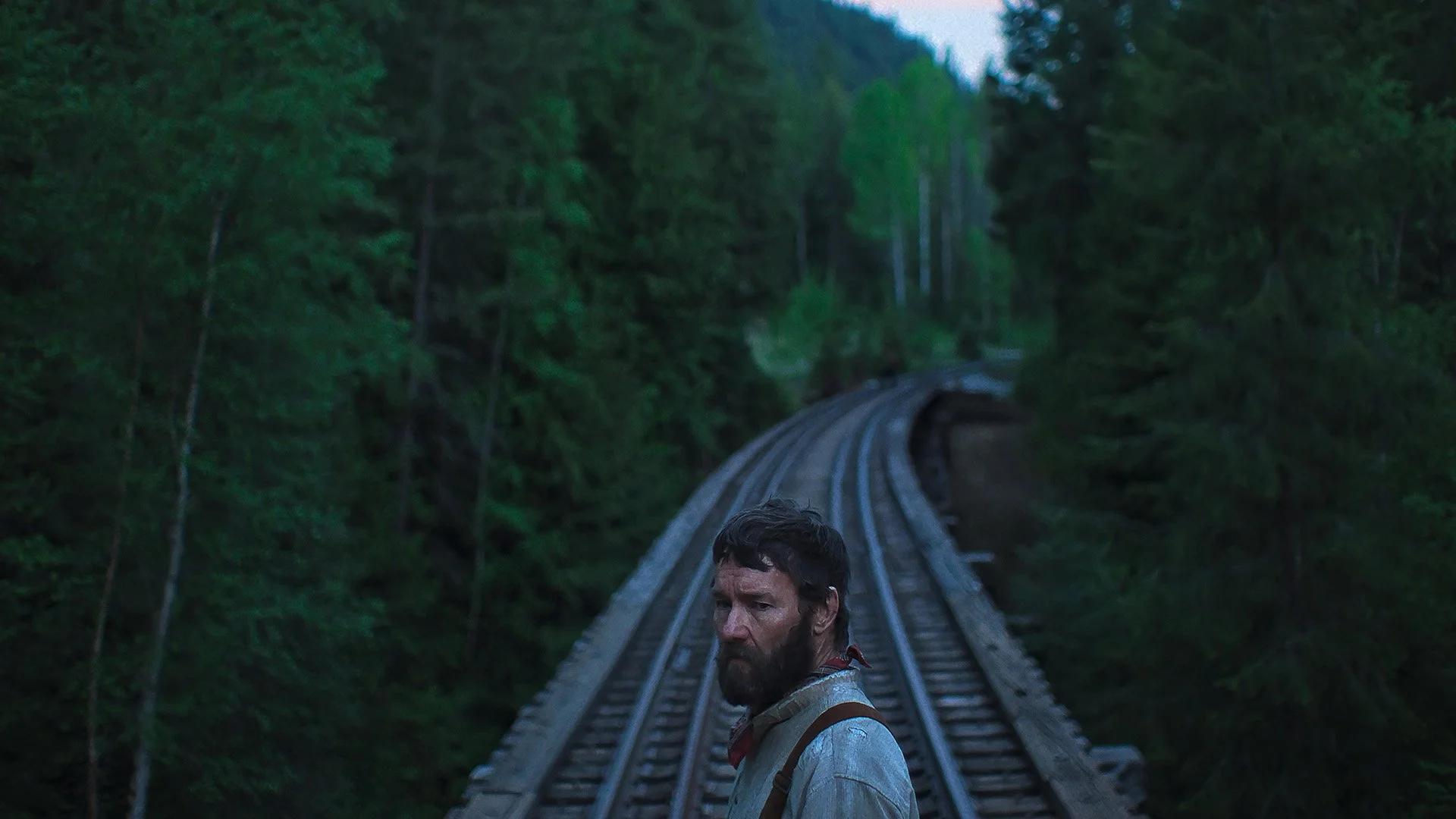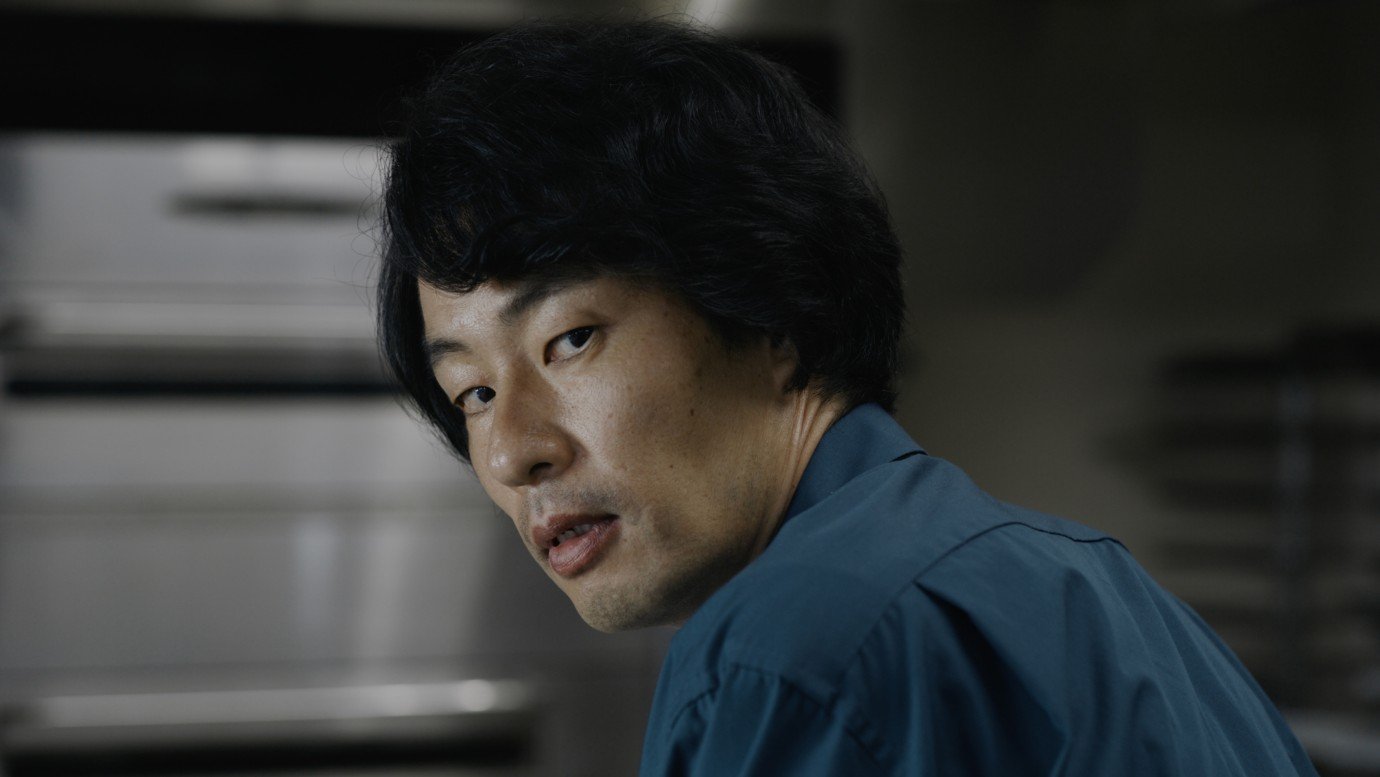Review: John Wick: Chapter 4 (2023)
Near the climax of John Wick: Chapter 4, Keanu Reeves’ titular assassin fights his way up the 222 steps of the rue Foyatier on the way to Sacré-Coeur in Paris. Just as he gets to the top, Chidi (Marko Zaror), the right-hand man of the film’s villain, the Marquis de Gramont (Bill Skarsgård), kicks John Wick and we watch him roll back down the 222 steps all the way to the bottom. Beaten, bruised, but refusing to give up, John gets back up and fights his way up to the top once again, this time with the help of some new allies. This climactic sequence sums up the entire approach of John Wick: Chapter 4, a Sisyphean action epic that is as much endurance test as spectacle.
The original 2014 film is a modern classic, but the series has suffered somewhat diminished returns as it’s grown both more popular and, perhaps consequently, more epic in scale. But make no mistake: there are few, if any, Hollywood action films with action sequences as comprehensible and expertly choreographed as the John Wick films. Once again directed by Chad Stahelski, John Wick: Chapter 4 sees John Wick trying to escape the bounty placed on his head during the previous two films. This time, he has a chance to wipe the slate clean by challenging the Marquis, the foppish, snarling, delightfully pompous villain, to a duel, but first, he has to survive the onslaught of the Marquis’ army of assassins, including John’s old friend, the blind master swordsman, Caine (Donnie Yen).
The approach is much the same as in Chapter 2 and Chapter 3 – Parabellum. John Wick shows up in an exotic locale somewhere in the world, such as Wadi Rum, Osaka, Berlin, and Paris, and has to fight through waves of assassins who want to claim the $14 million—and rising—bounty on his head. Once again, John is beholden to the esoteric rules of the series’ increasingly labyrinthine mythology. The arch mythology of the series is an attempt to literalize many of the unspoken rules that govern action movies about the criminal underworld, but the novelty has worn off after four films. For every amusing scene, such as the one where Clancy Brown’s mysterious servant to the High Table—the ruling order of the criminal underworld within the series’ universe—sets out the strict rules of a duel, there’s one that is too clever by half, such as when a tatted-up radio DJ announces John Wick’s growing bounty from a booth at the top of the Eiffel Tower.
Luckily, John Wick: Chapter 4 is relatively light on the mythology considering its gargantuan runtime. The film runs 169 minutes, longer than 2001: A Space Odyssey, The Dark Knight Rises, and Dune. That would be egregious if it weren’t for the film’s variety and frequency of splendid action sequences, as well as the increased focus on themes of friendship and loyalty in contrast to romantic revenge. This thematic focus gives the film some added heft, especially in moments dealing with Yen’s Caine and Hiroyuki Sanda’s Shimazu Koji, the manager of the Osaka Continental. In some ways, the film is as much a showcase for Yen as Reeves, which is fitting, considering Reeves has become less a character and more an avatar of death and endurance the longer the series has gone on.
This isn’t to say that Reeves is not still excellent in the role. He is. He’s an adept physical actor, not only in the action sequences but also in the few quieter moments, where he’s able to convey a soul-weariness through a nod of the head or the slink of his shoulders. But Yen might be even better. Sporting sunglasses almost the entire film, and acting blind, Yen has to do so much with his body throughout the film. He leans in to listen, crouches as he readies himself for blows, and has to demonstrate the bitter regret of his character without ever relying on his eyes—which is exceptionally hard to do. His action scenes are all about anticipation and reaction, which lends a delightful tension to the proceedings.
He also kicks ass in these scenes. From the moment Caine is introduced, we know that he’s a badass, simply by virtue of being played by Donnie Yen, one of the world’s foremost martial arts stars. But once you see Caine sitting in a corner of the kitchen at the Osaka Continental, calmly slurping noodles while others do battle around him, you know the character is something special. Caine is following the Marquis’ orders to protect his daughter from reprisal. He left the world of assassins for the same reason John Wick did—for family—and now has to follow orders to protect that family. This paralleling of the characters often plays out in the action sequences. Throughout the film, Caine and John do battle in different sectors of a shared environment and only occasionally overlap to fight each other, each always holding back from killing the other in order to prolong the inevitable. In each new city that John appears in, Caine appears soon after, eventually leading to an unfortunate but inevitable confrontation between the two.
This inevitable journey for John and Caine is punctuated with complex action scenes. Reeves and Yen move through varying environments and dispatch dozens upon dozens of enemies. All told, there are probably over two hours of action scenes within the film, which is astounding. Certain sequences stand out above the rest.
One is the initial raid on the Osaka Continental, with Koji’s staff defending the hotel with katanas and bows against the Marquis’s mercenaries. Another is a detour to a Berlin nightclub run by Scott Adkins’ amusing and fat German gangster, which has the funniest jokes in the entire film. The chief highlight is the aforementioned climactic fight up and down and up the staircase outside the Sacré-Coeur. The sheer volume does numb the violence to some extent—there are only so many times you can watch John Wick shoot a henchman in the head before it grows a bit predictable. But whenever John and Caine are fighting in the same sequence, the interest ticks up considerably.
On the whole, the action demonstrates a clarity of on-screen spatial geography and a novelty in regards to props and environments. Perhaps more importantly, they also demonstrate a savvy understanding of micro-motivations and dramatic arcs within individual sequences. For instance, many action films treat action scenes as pauses in the story, but, for the most part, John Wick: Chapter 4 treats the action scenes as the story, with narrative arcs playing out and characters developing within each action scene. This approach makes the action as much a dance as a battle and about the grace of the movements and the way each consecutive sequence illustrates the inner emotional journeys of the characters. John Wick: Chapter 4 may lack the simple brilliance of the original, but you can tell a considerable amount of craft and talent went into the planning and execution of the various action sequences.
What John Wick: Chapter 4 doesn’t do is elevate the material beyond what’s come before. It continues the streak of inventive action and atmospheric badassery of the previous films, and once again reminds us of the star power of Keanu Reeves, with Donnie Yen as an added bonus. But we would not have been robbed of anything truly substantial if the sequels had never been made. And yet, in a Hollywood that is still so starved for coherent and confident action choreography, it’s still a pleasure to watch the orchestrated violence of John Wick: Chapter 4.
7 out of 10
John Wick: Chapter 4 (2023, USA)
Directed by Chad Stahelski; written by Shay Hatten and Michael Finch, based on characters created by Derek Kolstad; starring Keanu Reeves, Donnie Yen, Bill Skarsgard, Laurence Fishburne, Hiroyuki Sanada, Shamier Anderson, Lance Reddick, Rina Sawayama, Scott Adkins, Clancy Brown, Ian McShane.



Darren Aronofsky ultimately cannot manage the tone of this black comedy crime film.